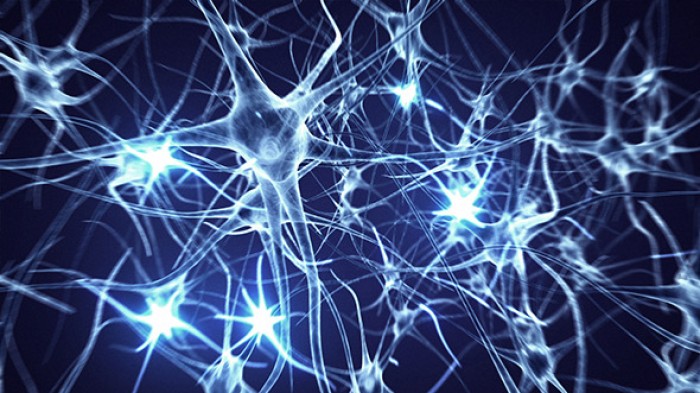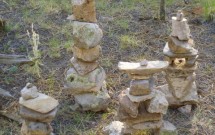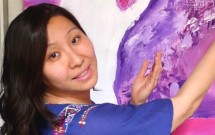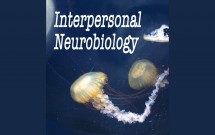
By Courtney Shackelford
The brain is special and magnificent, strange and mysterious. It is powerful enough to send messages to assist in regulating our bodies, but is also a vulnerable 3 pound organ encased in bone and liquid to keep it safe from the various hazards of the world. A millennium later, humans still do not understand the total of how one of our most vital organs work. Rather, we have gradually begun to shift aside the mystery to understand actions that we have always done instinctively.
The dichotomy of art and science has always been apparent to me, but as I have ventured further into my studies I have gathered how vital the science of the brain is to my love of art. As I think of the Lascaux cave paintings in France, it strikes me as incredible that even as hunter-gatherers and before the time of takeout and Grubhub, we still made time to create. Even then, it was vital to our humanity.
Intuitively, art has always created a sense of safety for me. My art has always been narrative and, since I was a child, that sense of story would lull me into what I now know as “flow state.” It is a timeless space of action, creativity, and presence. That space is fundamentally different from standard brain functioning—it has to do with a combination of “neurochemical, neuroelectrical and neuroanatomical” differences that allow us to shut down our inner critic, create new linkages, and boost “pleasure-inducing [and] performance enhancing chemicals with considerable impacts on creativity” (Kotler).
In terms of interacting with clients, a state of safety is mandatory for true healing. Someone who is deeply traumatized is simply not accessing higher levels of cognitive functioning. As healers, it is our job to meet them where they are with the appropriate tool set. Art can be used at any level, even if they are suffering from trauma and are not utilizing executive functioning as much as the average person. Art is a regulating tool and a pathway to higher functioning. Sometimes, as healers, we are playing the long game. As new information on neurobiology manifests, I simply check my bag of tricks. Luckily, art therapy is in there.
References
Kotler, Steven. “Flow States and Creativity.” Psychology Today, Sussex Publishers, 2014, www.psychologytoday.com/us/blog/the-playing-
field/201402/flow-states-and-creativity.
 Southwestern College Santa Fe, NM
Southwestern College Santa Fe, NM





